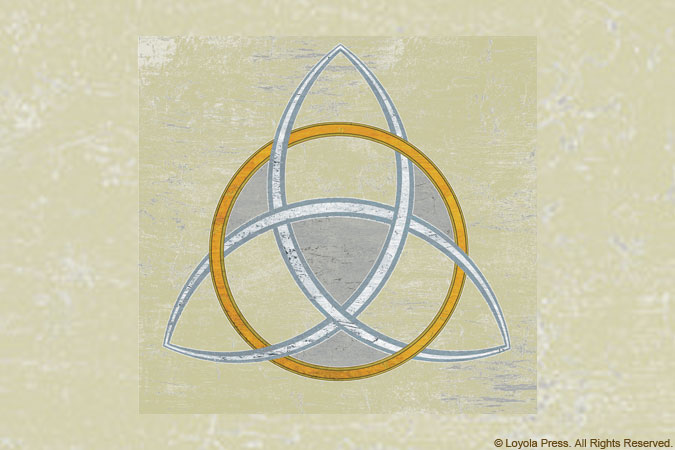
I have often said that, if a non-Catholic asked you to explain the Catholic faith to him or her, and you responded by reciting the Creed, listing and describing the seven sacraments, listing and describing the Ten Commandments, and reciting the Our Father, you would deserve a passing grade! Creed, Sacraments, Morality, and Prayer are the four pillars of our Catholic faith. The goal of catechesis should always be to make those four pillars accessible, which means that we need to present the faith in such a way as to make it “simple-yet-not-simplistic”—something that I attempted to do in my book, A Well-Built Faith: A Catholic’s Guide to Knowing and Sharing What We Believe. (BTW, did you know that I also wrote children’s versions of this book? See Called to Be Catholic for ages 12–15 and Bridges to Faith for ages 8–11.)
So, how do we keep the Creed simple?
First, we begin by recognizing that the Creed is an expression of trust in a relationship, not just a consent to a list of theological or intellectual concepts and principles. Our faith begins by saying that we trust in God—Father, Son, and Holy Spirit.
Second, we express what we know about God. If you are in a relationship with someone, you should be able to talk about that person! If you were to ask me to describe my wife of 36 years, and I fumbled to find words to describe her and the love we share, you would have reason to doubt the health of our marriage. On the contrary, after all these years, I have a long and rich list of words I can call on to describe the person my wife is and the love we share. In a similar way, the Creed provides us with the rich language (more poetic than analytical) that we rely on to describe what we know about the One God: God is Father, almighty and Creator; God is Son, who is Light from Light and true God from true God; and God is Holy Spirit, Lord and giver of life. At the heart of the Creed, of course, is the description of who Jesus is and what he did. This is the core of our faith, since it also tells the story of our salvation, and all relationships have stories.
Third, in the Creed we express a relationship of trust with the Church—all those who profess faith in Jesus Christ and form his Mystical Body.
Of course, we could select a number of ideas from the Creed and drill down into some very heady theological matters. However, it is the basics of our faith that sustain us on a daily basis: we have a relationship of trust with God—Father, Son, and Holy Spirit—and with the Church. That’s the essence of our Creed; these are the words we use to describe who we are in love with.




Be the first to comment